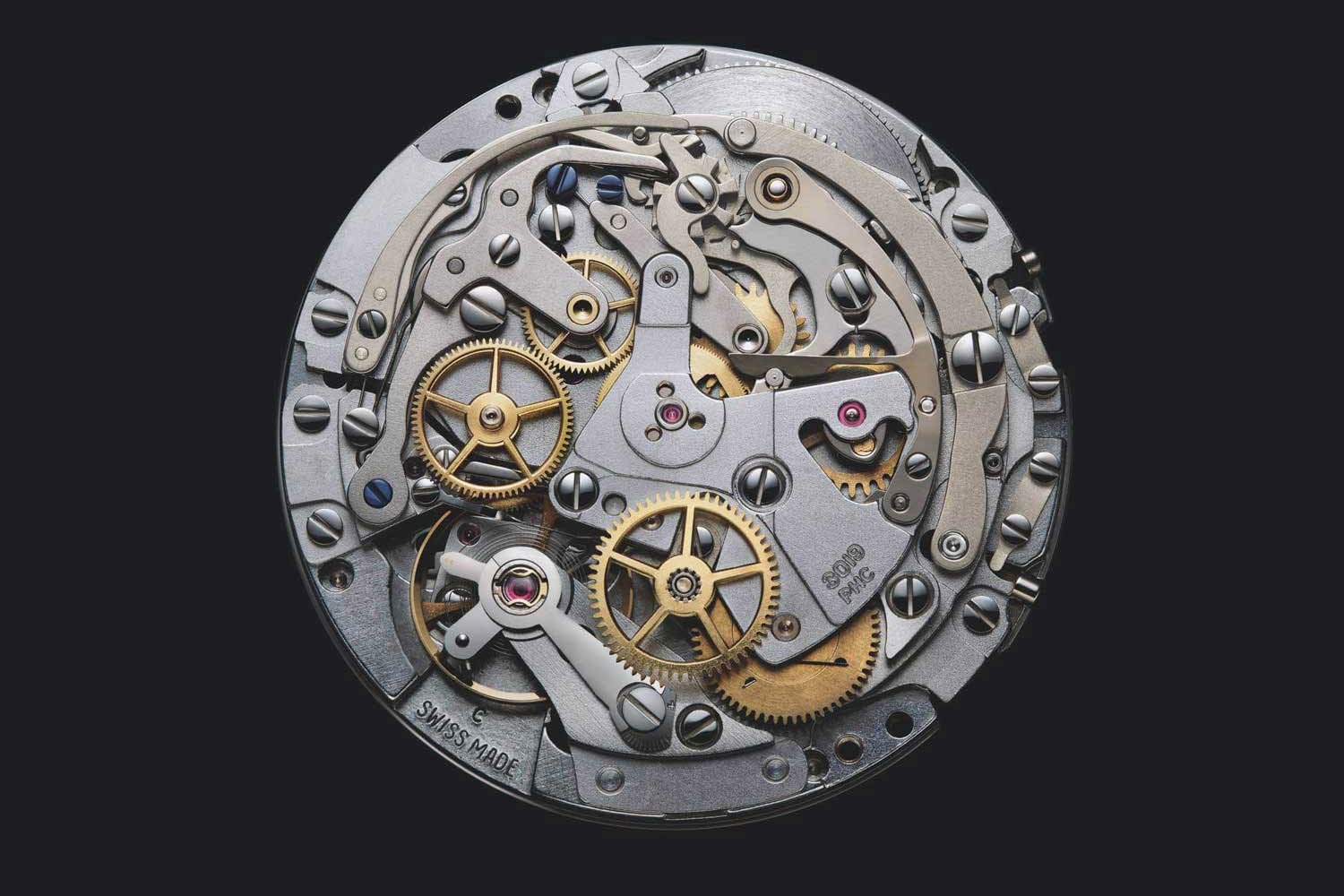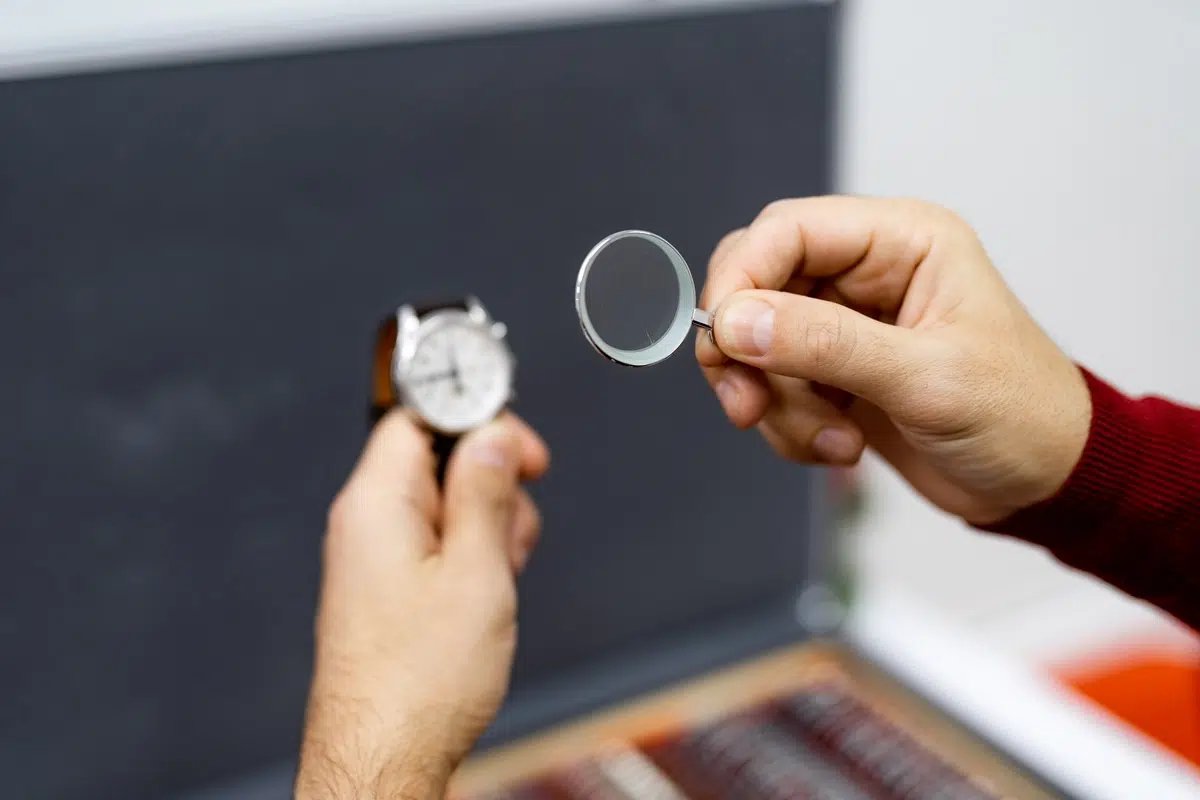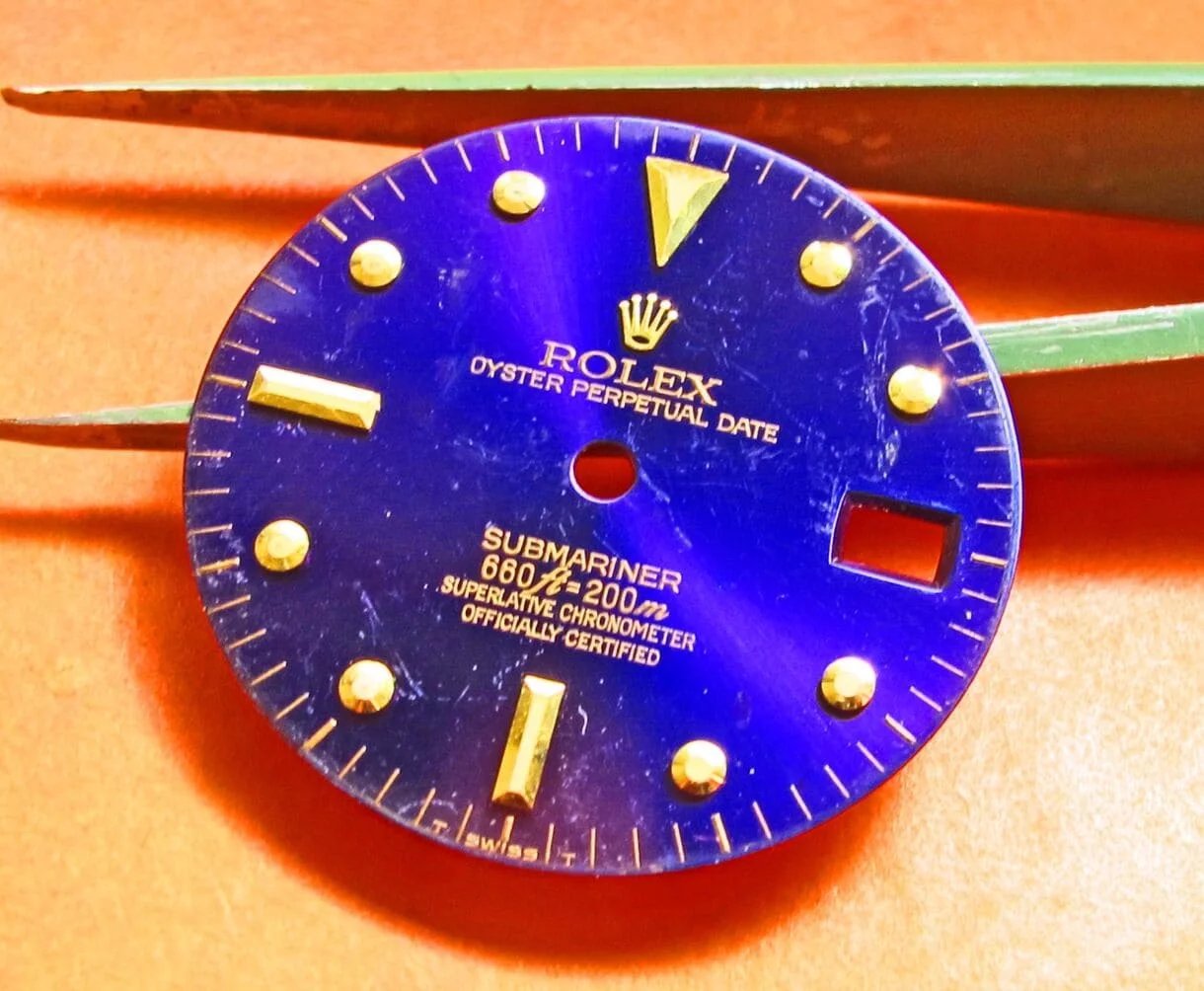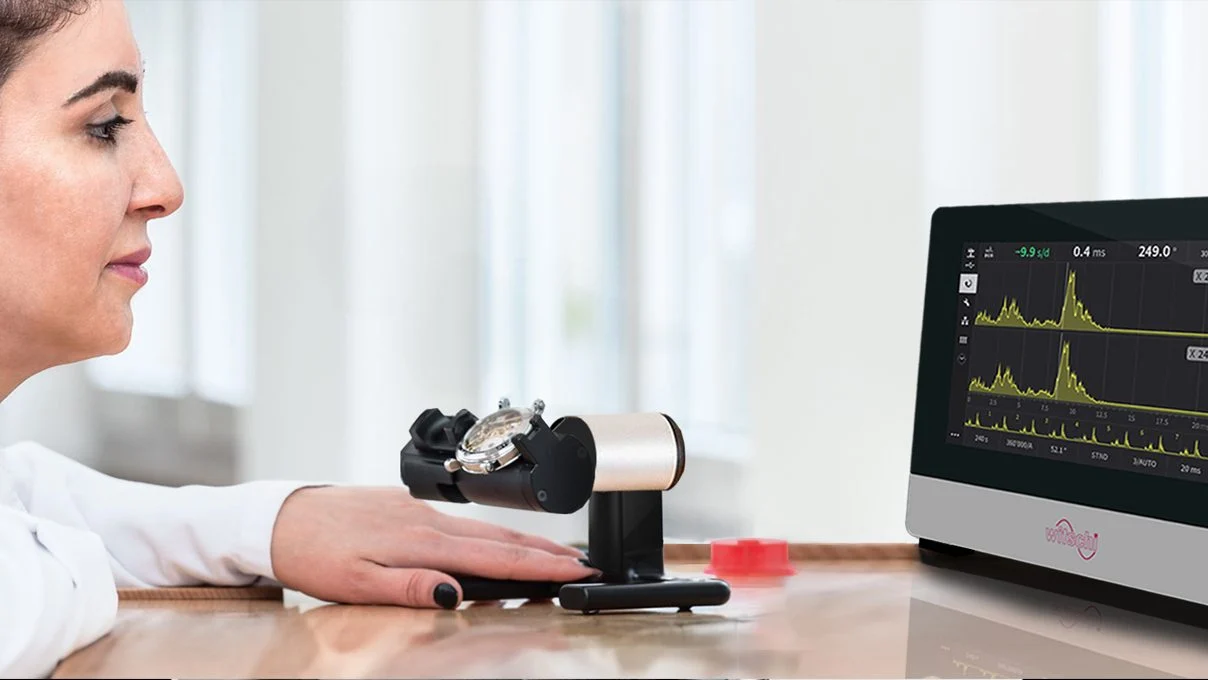Key Takeaways
Watches are intricate timekeeping devices that are meticulously crafted through a series of precise manufacturing processes. The production of a watch involves various steps, including designing, creating the movement, assembling the components, and quality control. Let’s dive deeper into how watches are made.
How Watches Are Made: A Step-by-Step Guide
Step 1: Designing the Watch
The watchmaking process begins with the design phase. Highly skilled watch designers create intricate blueprints that outline the watch’s appearance, dimensions, and features. This initial step is crucial as it sets the foundation for the entire manufacturing process.
Step 2: Creating the Movement
The movement, also known as the caliber, is the heart of the watch. It is responsible for keeping time and powering the various functions of the watch. The movement can be mechanical, automatic, or quartz-based.
2.1 Mechanical Movement
In mechanical watches, the movement is powered by a mainspring that needs to be wound manually. This type of movement involves a complex system of gears, springs, and levers that work together to power the watch.
2.2 Automatic Movement
Automatic watches utilize a rotor, which is a metal weight that rotates with the movement of the wearer’s wrist. This rotor winds the mainspring, eliminating the need for manual winding. The automatic movement is often preferred for its convenience.
2.3 Quartz Movement
Quartz watches use a battery-operated quartz crystal to keep time. The crystal oscillates at a precise frequency, providing accuracy. Quartz movements are known for their reliability and low maintenance.
Step 3: Crafting the Watch Components
Once the movement is determined, the next step is to create the various components that make up the watch. These components include the case, dial, hands, crown, and bracelet or strap.
3.1 Case
The case provides protection to the movement and the dial. It can be made from various materials such as stainless steel, titanium, gold, or ceramic. The case also contributes to the overall aesthetics of the watch.
3.2 Dial
The dial, also known as the face, displays the time and often includes additional features like date windows or chronographs. Dials are typically made from metal or synthetic materials and are carefully designed to ensure readability and visual appeal.
3.3 Hands
The hands are the indicators that point to the hour, minute, and sometimes second markers on the dial. They are usually made from thin metal and are meticulously shaped and finished to ensure accuracy and legibility.
3.4 Crown
The crown is a small knob on the side of the watch that is used to set the time and date. It is often adorned with the brand logo and needs to be sturdy and easy to grip for smooth operation.
3.5 Bracelet or Strap
The bracelet or strap holds the watch on the wrist. Bracelets are typically made from metal, such as stainless steel or gold, while straps can be made from leather, rubber, or fabric. The choice of material depends on the watch’s style and intended use.
Step 4: Assembling the Watch
Once all the individual components are created, they are meticulously assembled by skilled watchmakers. This step requires utmost precision and attention to detail to ensure that all the components fit perfectly together.
4.1 Movement Assembly
The movement, including all its intricate gears and springs, is carefully placed inside the watch case. This delicate process requires precision tools and expertise to ensure the movement is properly aligned and secured.
4.2 Dial and Hands Installation
The dial is placed onto the movement, and the hands are carefully attached. Watchmakers must ensure that the hands align perfectly with the hour markers and move smoothly without obstruction.
4.3 Case Enclosure
Once the movement, dial, and hands are in place, the watch case is closed and sealed. This step may involve screwing the case back or using specialized tools to secure it, depending on the watch’s design.
4.4 Bracelet or Strap Attachment
The final step in the assembly process is attaching the bracelet or strap to the watch case. This can be done using screws, pins, or specialized connectors, depending on the design. The bracelet or strap must be securely fastened to ensure the watch sits comfortably on the wrist.
Step 5: Quality Control
Before a watch leaves the manufacturing facility, it undergoes rigorous quality control checks. Highly skilled technicians carefully examine each watch to ensure it meets the brand’s standards of accuracy, functionality, and aesthetics.
5.1 Accuracy Testing
Watches are tested for accuracy using specialized equipment that measures their timekeeping performance. This ensures that the watch is keeping time within the specified tolerances.
5.2 Functionality Testing
Various functions of the watch, such as date changes, chronograph operation, or other complications, are tested to ensure they are working correctly and smoothly.
5.3 Aesthetics and Finishing Inspection
Each watch is meticulously inspected for any imperfections or flaws in its finish. The case, dial, hands, and bracelet or strap are examined to ensure they meet the brand’s high-quality standards.
FAQs
1. How long does it take to make a watch?
Question: How long does it take to make a watch?
Answer: The time required to make a watch varies depending on factors such as complexity, brand, and manufacturing processes. On average, it can take several weeks to several months to produce a single watch.
2. What materials are commonly used in watchmaking?
Question: What materials are commonly used in watchmaking?
Answer: Watch cases can be made from stainless steel, gold, titanium, or ceramic. Dials are typically made from metal or synthetic materials. Hands are made from thin metal, and bracelets can be made from metal, leather, rubber, or fabric.
3. How are mechanical watches different from quartz watches?
Question: How are mechanical watches different from quartz watches?
Answer: Mechanical watches are powered by a mainspring and require manual winding, while quartz watches use a battery-operated quartz crystal and do not need manual winding. Mechanical watches are known for their craftsmanship, while quartz watches are highly accurate and low maintenance.






